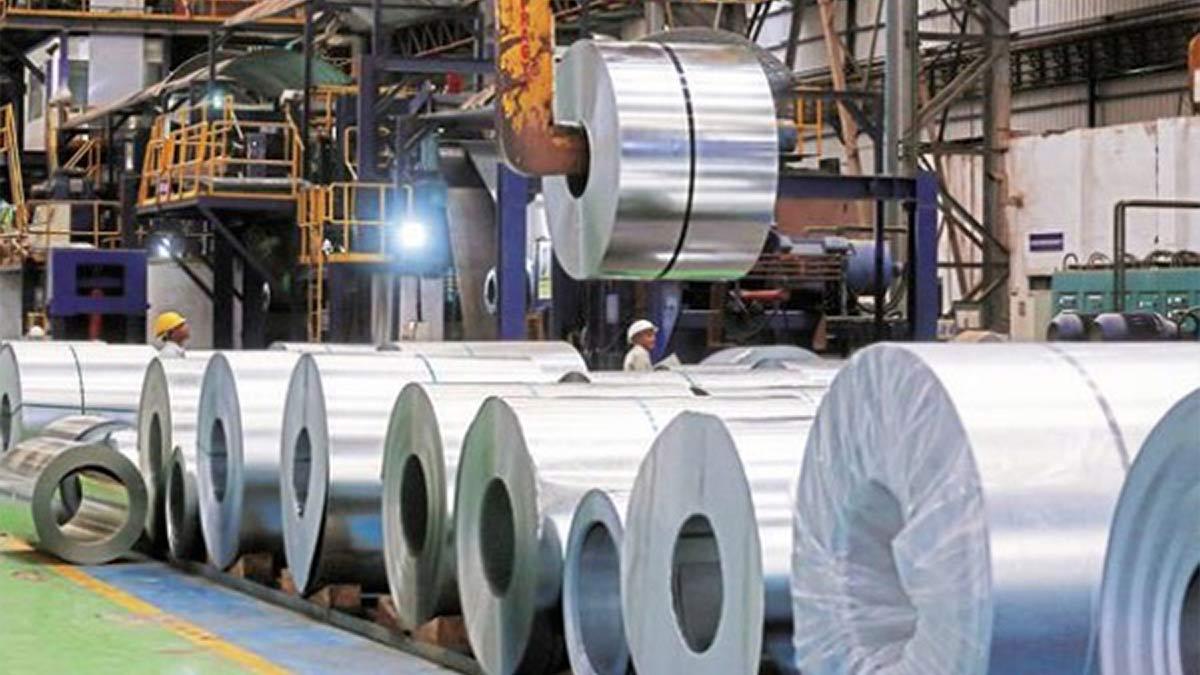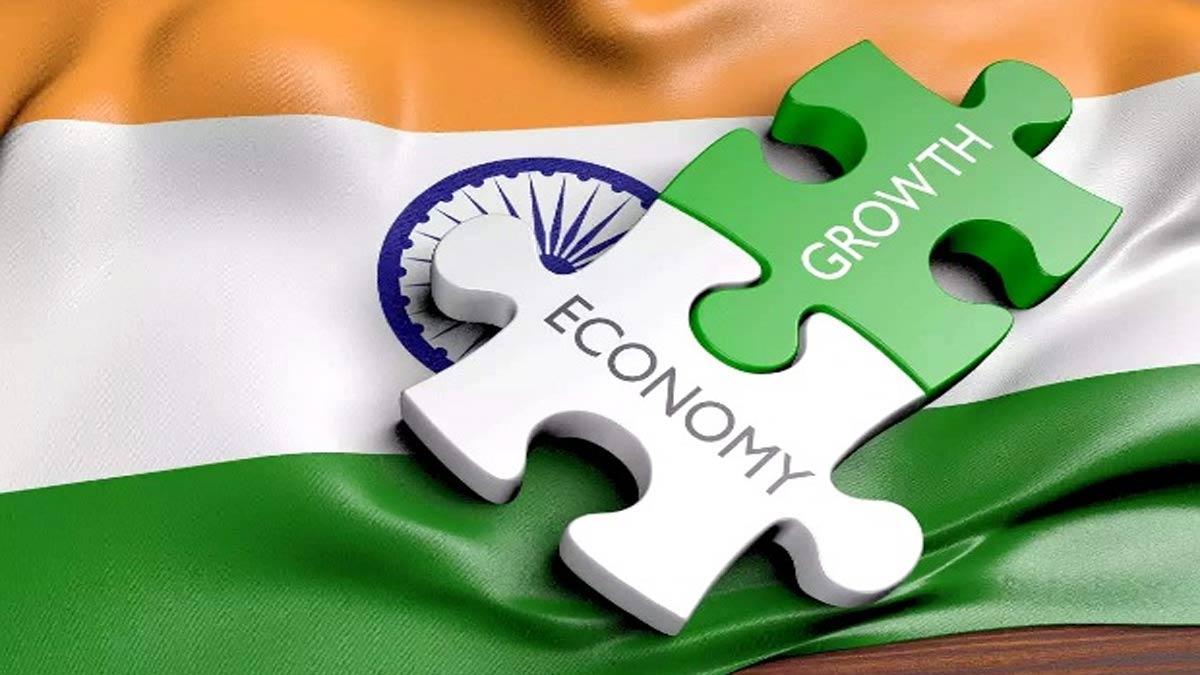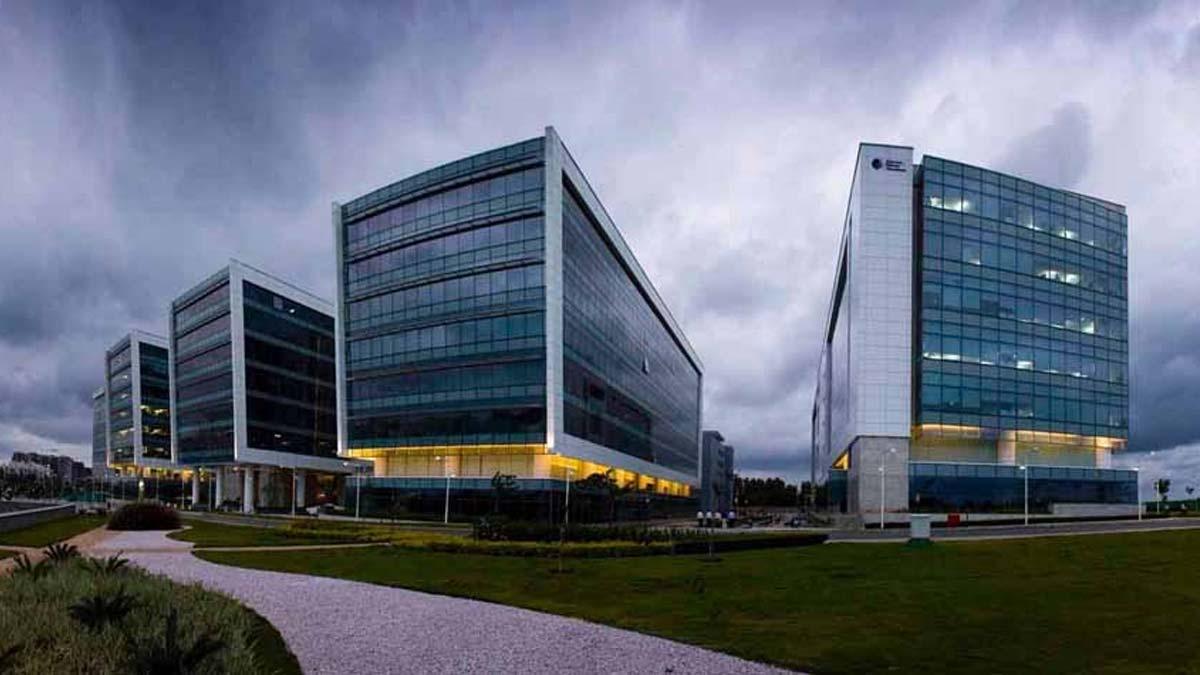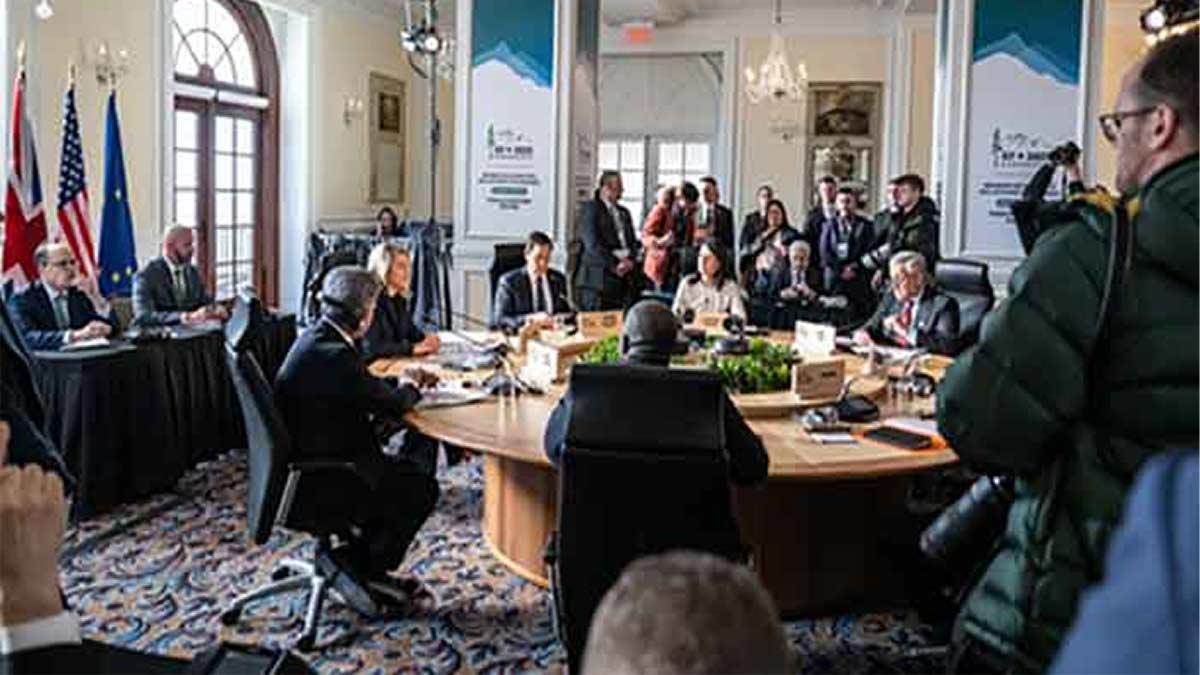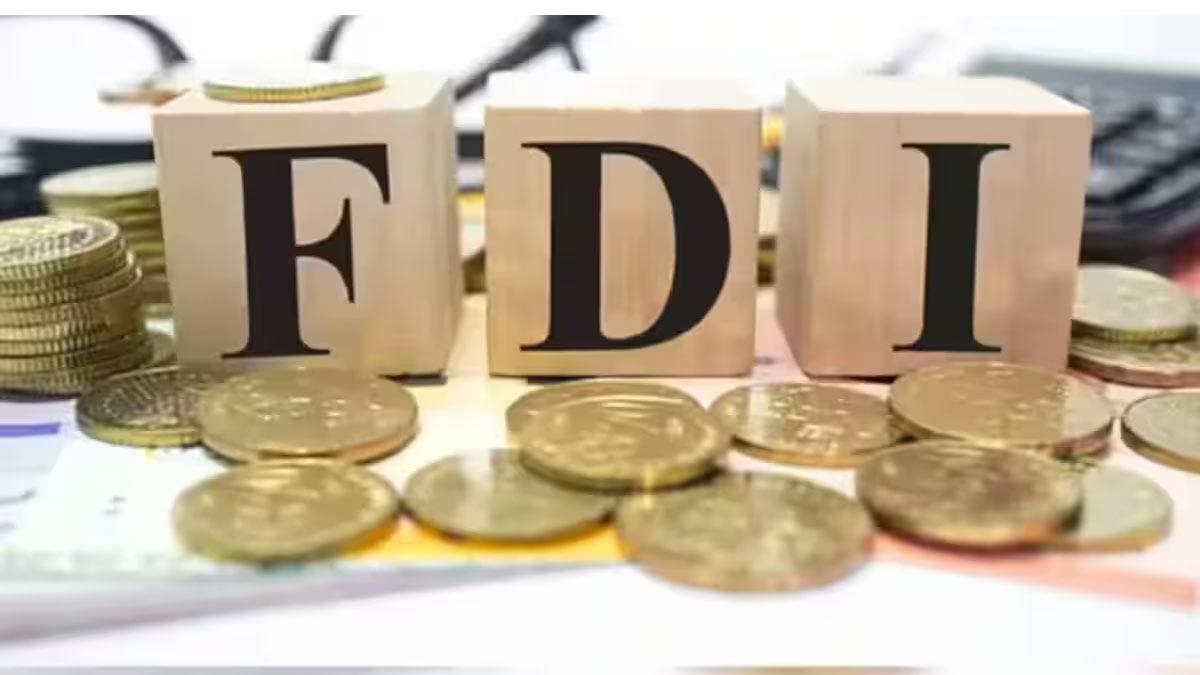India's steel industry is moving steadily towards the government's ambitious target of achieving 300 million tonnes per annum (MTPA) crude steel production capacity in fiscal year 2030-31, a new report published on Thursday by MP Financial Advisory Services LLP (MPFASL) says.
The report underscores India's stellar performance in steel production growth, observing that from 2016-2024, India maintained a compound annual growth rate (CAGR) of approximately 5%.
That exceeded China's 2.76% and the world average of 1.77%. Most importantly, the recent spurt is to be noted: whereas China's steel production has been shrinking since 2020, India's CAGR accelerated to 8% during the same period, demonstrating its increasing role in the global steel map.
The report credits India's surge to a mix of factors, such as access to critical raw materials, low labour costs, and active government policies that have supported industry growth.
India as of FY2024-25 has already achieved a crude steel capacity of 205 MTPA. Also, top producers have publicly announced expansion projects aggregating to another 167 MTPA by the year 2031, leading to the inference that the target of 300 MTPA is in sight. But the report also highlights a number of challenges, such as the industry's massive dependence—around 85%—on coking coal imports, the necessity for higher-grade iron ore beneficiation, inadequate availability of steel scraps, and the industry's high carbon footprint.
India's per capita steel consumption continues to be modest at 93.4 kg, well behind the global average of around 219 kg. The report is expecting this difference to decline substantially as the country increases investment in infrastructure, affordable housing, and manufacturing, thus driving greater steel demand.
In order to achieve its target of 300 MTPA, India needs to adopt a five-pronged strategy, according to the report. The main levers are increasing investment in green and value-added steel manufacturing, improving raw material linkages and infrastructure, adopting clean technologies, financial and regulatory reforms, and ensuring strong public-private partnerships for implementation.
With persistent industrialisation and infrastructure work as drivers, India has become the second-largest steel-producing country in the world after China, which continues to account for more than half of the world's production.
The report asserts that India's steel boom is being driven not just by domestic demand and policy momentum but also by changing dynamics in global supply chains—drivers that are influencing the nation's strategic steel journey over the coming years.
Read also| Trade agreements with US, EU to be concluded soon, Says Nirmala Sitharaman
Read also| India Rises to 3rd Spot in Global Tech Startup Funding in H1 2025

